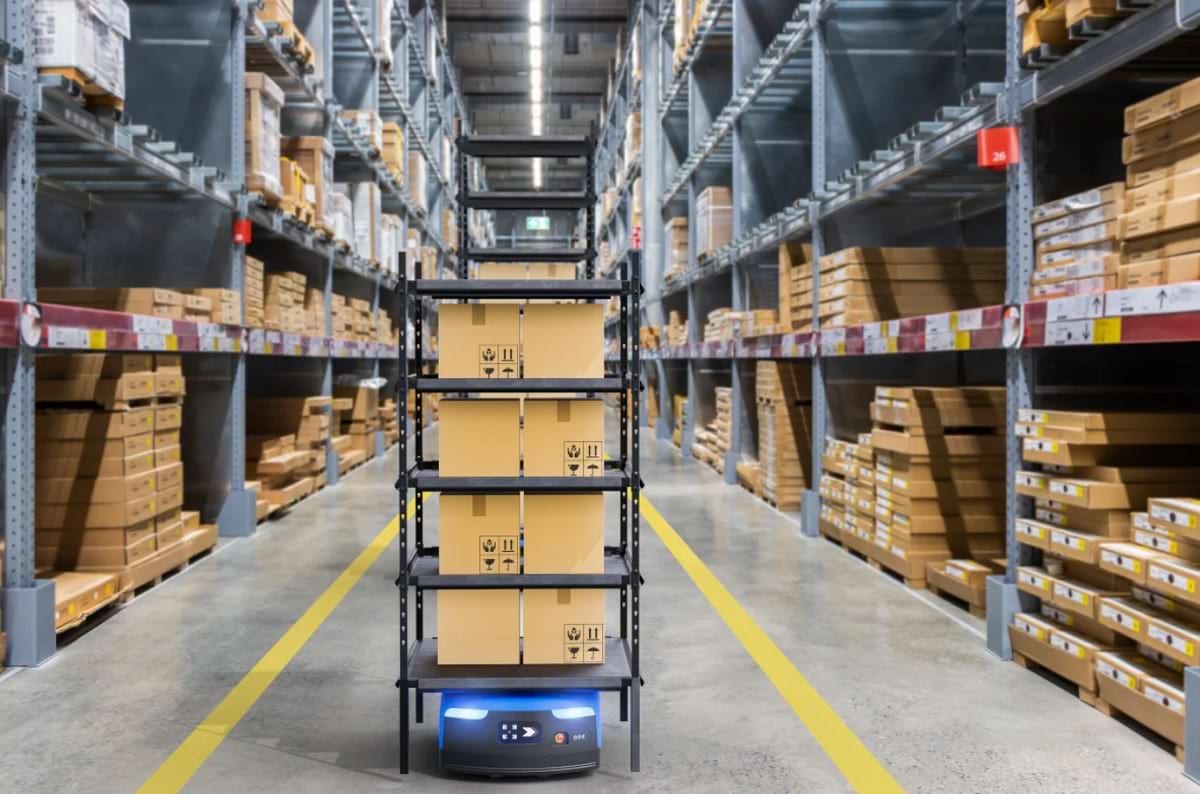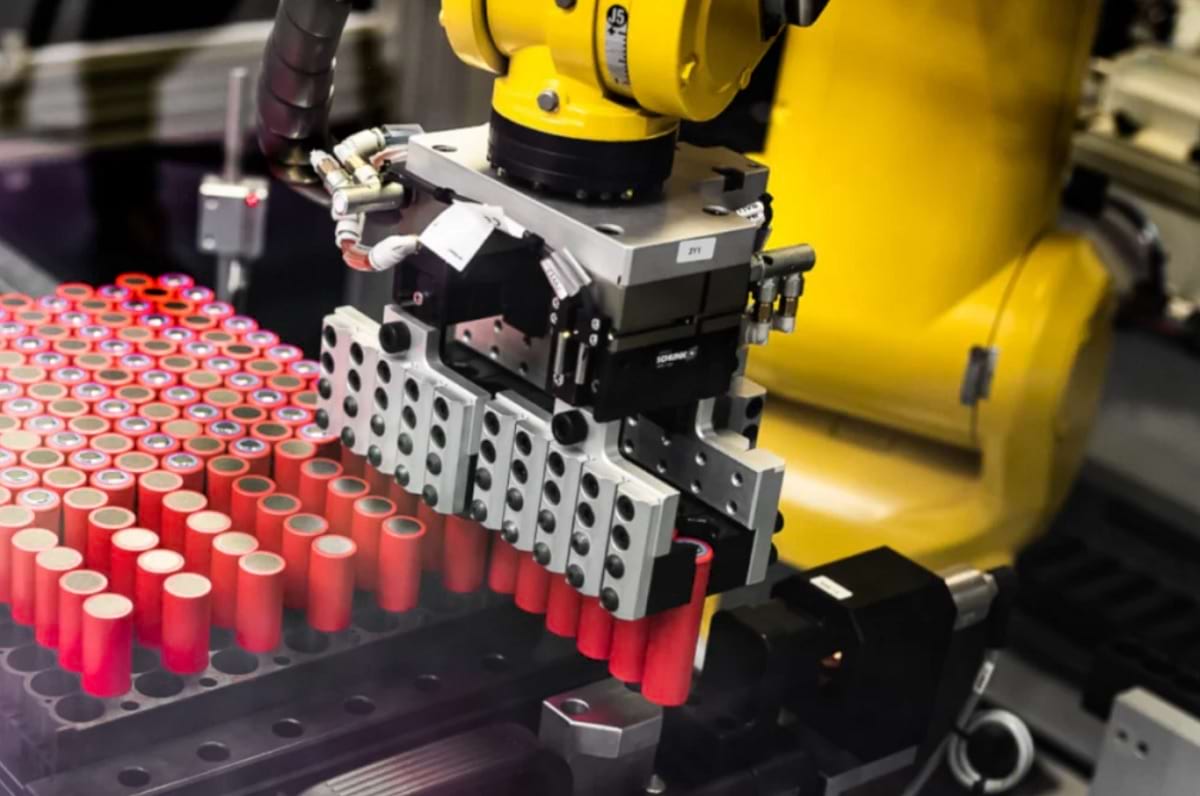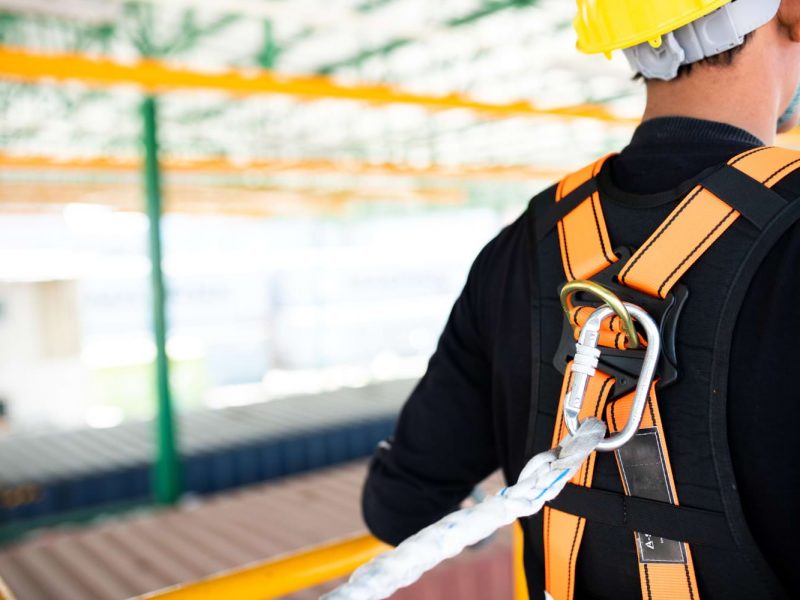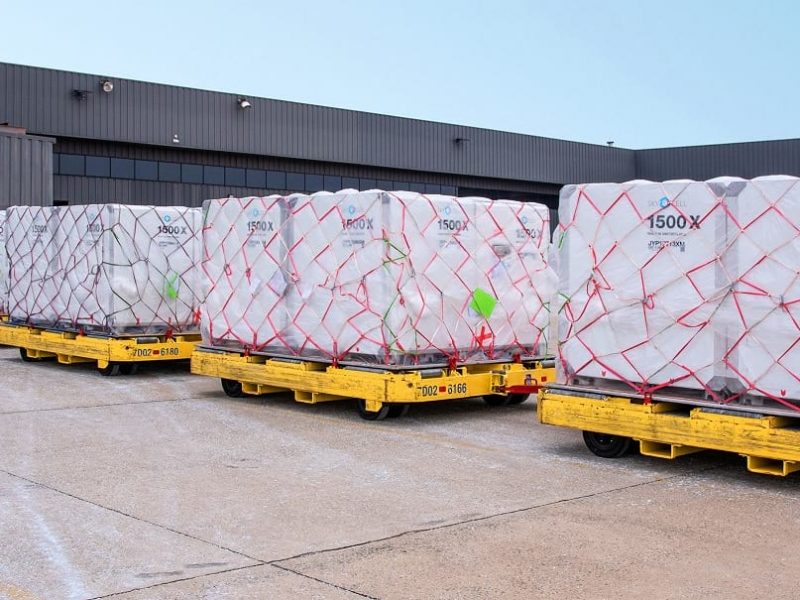Automated internal logistics platforms are becoming an essential component of modern industrial infrastructure. Among the most widely adopted technologies in this field are Automated Guided Vehicles and Autonomous Mobile Robots.
These robotic systems are designed to perform a broad range of tasks that would otherwise require significant human labor, such as transporting materials across large facilities, picking and packing items with precision, and even inspecting and maintaining equipment in hard-to-reach or dangerous areas. The growing complexity of supply chains, increased demand for faster deliveries, and a shortage of manual labor have driven the adoption of AGVs and AMRs in various sectors, particularly warehousing, logistics, automotive manufacturing, and pharmaceuticals.
The appeal of these systems lies not only in their efficiency but also in their flexibility. Unlike traditional conveyor belts or fixed automation systems, AGVs and AMRs can be easily reprogrammed and rerouted, allowing facilities to adapt quickly to changes in demand, production processes, or storage layout. AMRs, in particular, utilize advanced sensors and onboard computing to navigate autonomously through dynamic environments, avoiding obstacles and optimizing their routes in real time. AGVs often follow pre-determined paths marked by wires, magnets, or lasers but are just as critical in ensuring consistent material flow in a predictable, coordinated manner.
Battery Technology Transformation: From Lead-Acid to Lithium-Ion
While AGVs and AMRs have revolutionized warehouse and production floor operations, their efficiency and reliability are deeply influenced by the performance of the batteries that power them. Historically, most AGVs were equipped with lead-acid batteries. Although relatively inexpensive and widely available, lead-acid batteries come with several limitations. They are heavy, have a limited energy density, and require frequent recharging, often involving long downtime. Additionally, their shorter lifecycle and higher maintenance needs—such as regular water top-ups and corrosion checks—make them less suitable for high-intensity operations where uptime is crucial.

In recent years, a significant shift has taken place toward lithium-ion battery technology. This transition has been driven by the demand for more reliable, longer-lasting, and lower-maintenance power solutions that can support continuous operation and higher efficiency. Lithium-ion batteries offer a host of benefits that make them ideal for automated internal logistics platforms. These include higher energy density, lighter weight, faster charging times, longer operational cycles, and better performance in high-temperature environments. Crucially, lithium-ion batteries can be opportunity charged, meaning that AGVs and AMRs can be recharged during short breaks or while idle without damaging the battery—a feature that dramatically improves productivity.
For manufacturers and logistics providers, the switch to lithium-ion is not just a matter of performance but also of cost efficiency over time. Despite a higher upfront cost, lithium-ion batteries typically offer a significantly lower total cost of ownership due to their longevity and minimal maintenance requirements. Safety is another key advantage. High-quality lithium-ion battery systems are equipped with advanced battery management systems (BMS) that monitor temperature, voltage, current, and charge state, thereby reducing the risk of overheating, overcharging, or deep discharging.
The Critical Role of Lithium-Ion Batteries in Powering AGVs and AMRs
Automated Guided Vehicles (AGVs) play a pivotal role in modern supply chains and industrial environments. Their deployment is widespread in sectors such as automotive assembly lines, electronics manufacturing, hospital logistics, airport operations, and warehouse distribution centers. These systems must be operational across multiple shifts, often with minimal human oversight. Therefore, the choice of power source directly impacts the reliability, safety, and efficiency of the entire operation. This is where lithium-ion battery systems come into play.

Lithium-ion batteries for AGV are engineered to meet the rigorous demands of industrial applications. Unlike general-purpose batteries, these power solutions are specifically optimized to deliver consistent voltage output, withstand frequent charge-discharge cycles, and operate in a wide range of environmental conditions. In addition, they are compact and modular, making them easy to integrate into AGVs without compromising space or weight distribution.
Using advanced lithium chemistry, manufacturers can design batteries with tailor-made characteristics such as high peak power output for acceleration, deep cycling capacity for long routes, and rapid charging for minimal downtime. This versatility is essential in applications where AGVs must interact with other systems, such as automated racking or conveyor transfers, which require precise timing and energy availability.



